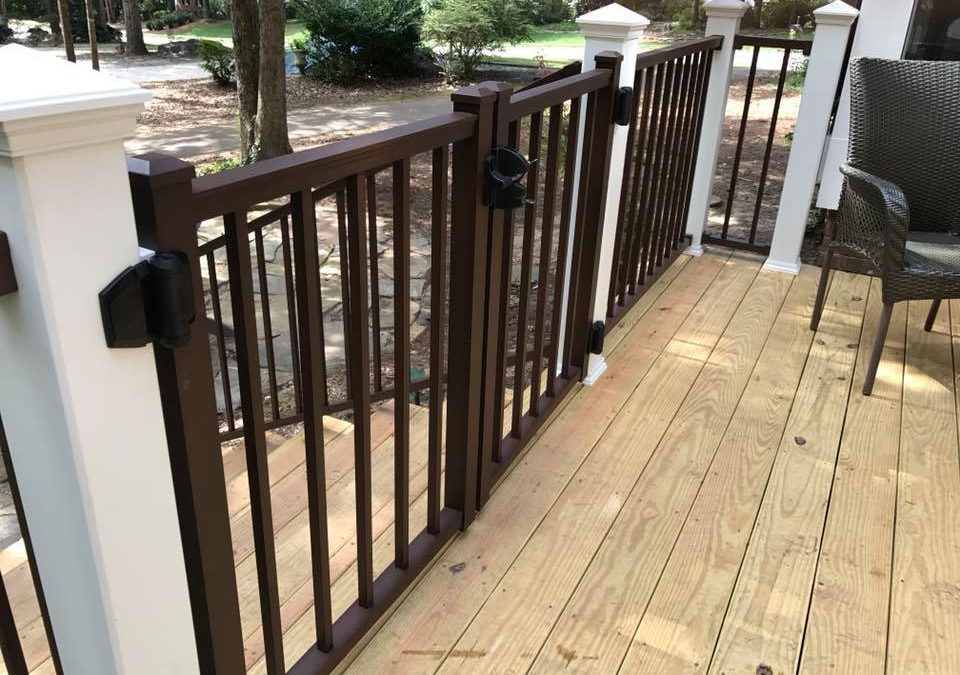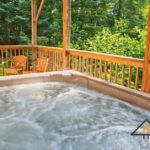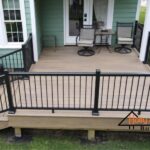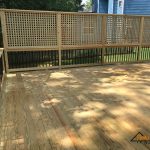Choosing a railing for your deck can seem like an overwhelming decision. Will you make a choice based upon material, cost, appearance, durability or use? Will it compliment the house’s existing architecture, materials and colors or stand out as a feature itself?
Your deck railing will be one of the most visible features of your deck, so the railing you choose will define its look and style. Fortunately, there are many deck railing design selections available for either your new deck or deck makeover.
Safety First
Safety is the first thing people consider when choosing their deck railing. Often they ask, “Will my deck need a railing?” Deck safety codes for the southern Wake County area follow those established by the International Residential Building Code:
A deck must have a guardrail when the difference in distance between the deck and the ground plane is greater than 30 inches. Furthermore, deck stairs require a handrail when there are four or more stair risers.
The IRC requires guardrails to be at least 36″ in height measured from the deck surface to the top of the rail.
If your deck does not require a railing for safety, you might choose to surround it with built-in benches or planters instead.
A Frame for the View
But deck railings are more than simply a safety feature. They provide character and visual interest, framing your yard and outdoor living space and providing definition and privacy. Depending upon the view from your deck, you may want a railing that includes a privacy screen, or one that you can look through without obstruction; or you may prefer a railing which draws attention to itself as a custom design element.
Deck Railing Design Components
Most deck railings include several parts to be considered as you visualize your design:
- Posts which provide sturdy framework and support.
- Balusters or spindles which are typically the traditional vertical pieces. These provide both protection and design character to the space.
- Handrails which run along the tops of the posts and balusters for gripping or resting.
- Post caps or finials that add a decorative style and a finished look to the posts and may complement your home’s architecture.
How these elements come together is a matter of your personal taste and the demands of your deck space.
- A side-yard deck might require a lattice screen as a part of your railing design for greater privacy. (You can view a sample of this on our previous blog about pergolas here.)
- A smaller deck might benefit from horizontal balusters to visually extend the space and provide a backrest for a bench seat.
- A deck within beautiful landscape might call for slimmer balusters so guests can appreciate the view.
- Lighting might also be included as lanterns on deck posts or under handrails.
- Perhaps you’d like the handrails to function as a shelf to hold drinks for entertaining.
- Prominent decks, like front decks or elevated decks might include design elements like chippendale, sunburst, or spindle balusters.
All of these deck railing options can make it difficult to make a final decision! Holly Spring Builders are knowledgeable about deck safety and permitting regulations, and experts at custom deck building and design. We’d love to help guide you through the process of building or updating your deck with railings you’ll enjoy.
Stay tuned for our blog next month when we discuss the best deck railing materials!







